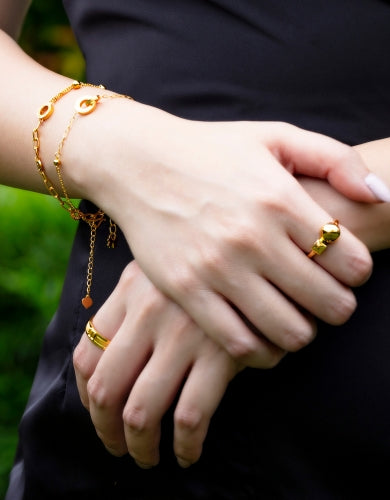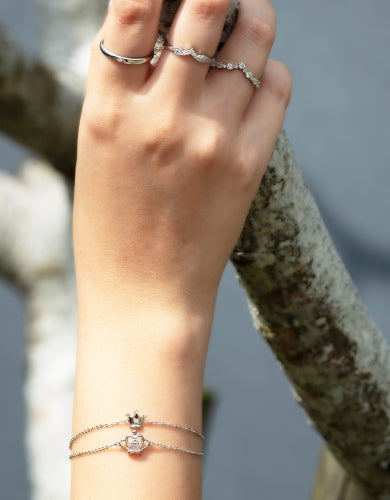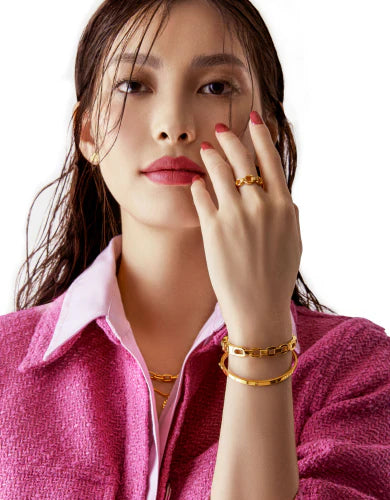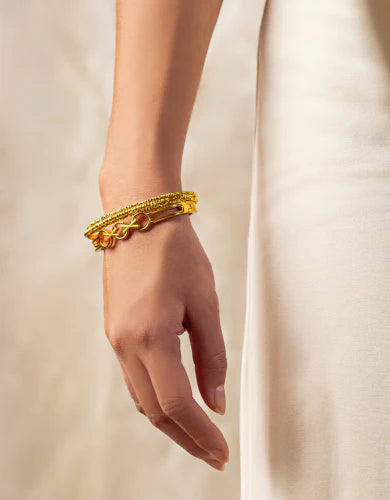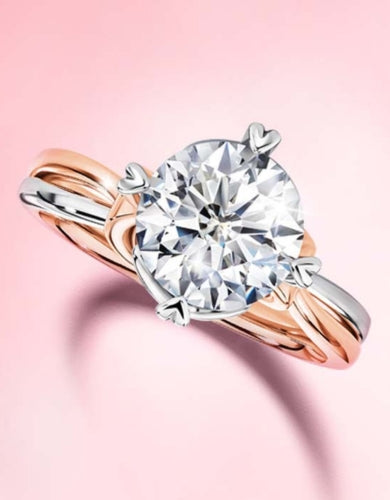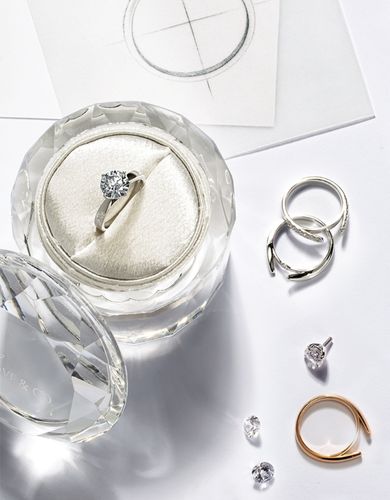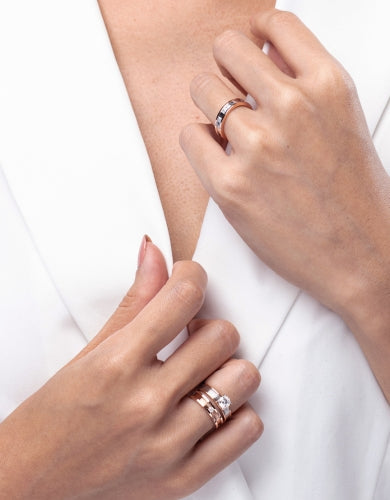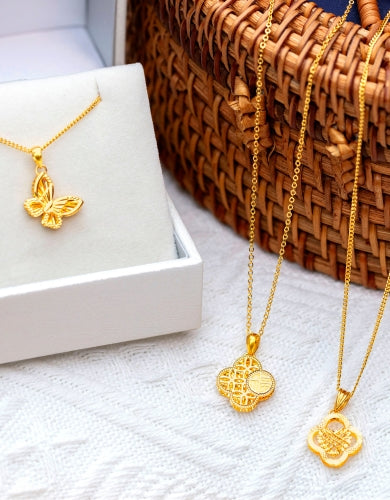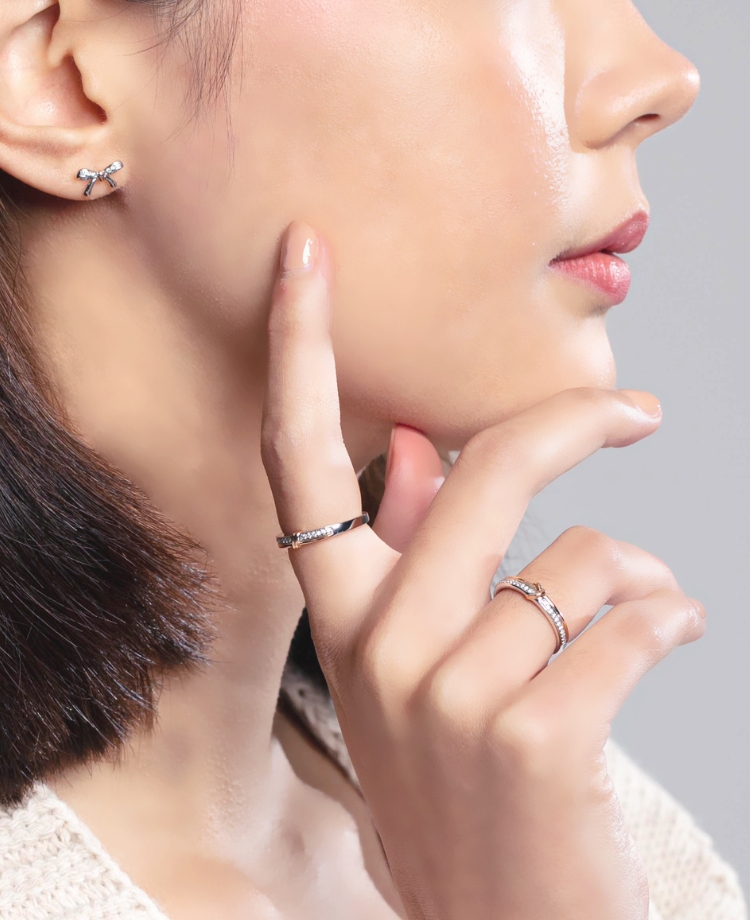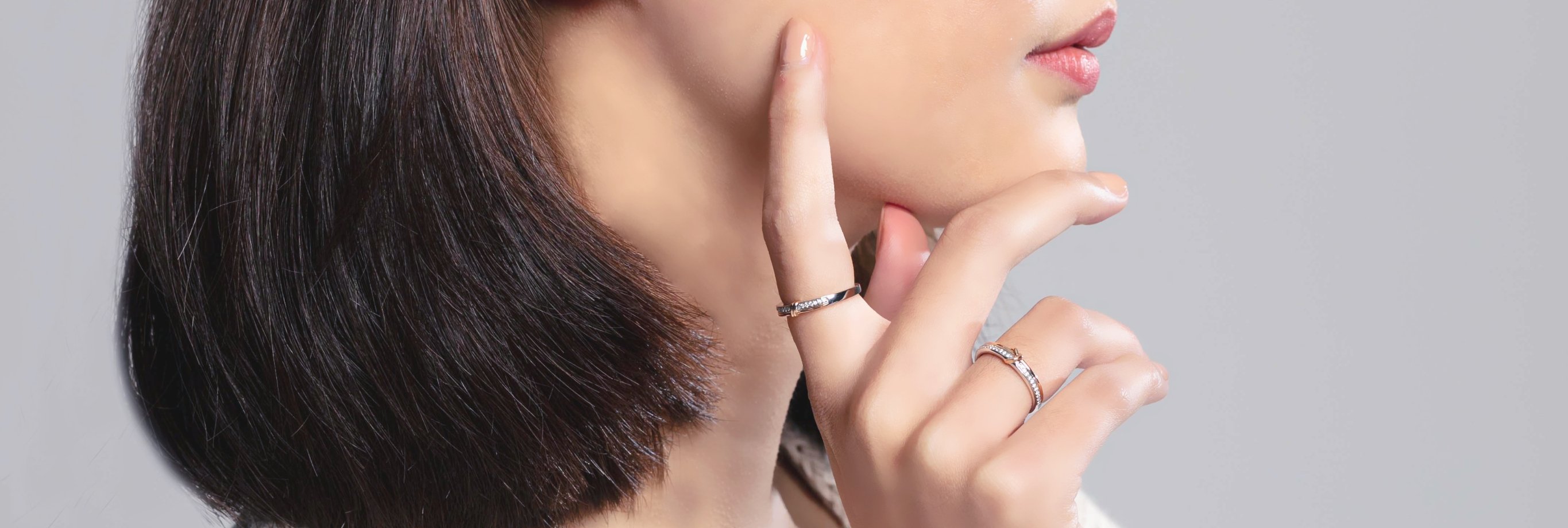In this day and age, virtually all individuals are well aware that the wedding ring is worn on the fourth finger, often known as the ring finger. However, when it comes to determining which hand it goes on, that's where it becomes unclear for most. Fret not; we explore below the intriguing history of the customary ring finger placement and the reasons you could choose (or not!) to adhere to it.
The symbolism and history behind the fourth finger

The custom of wearing a wedding ring dates back over 3,000 years to ancient Egypt, where circles symbolised eternity. The Egyptians exchanged rings made of woven reeds and leather to represent everlasting love.
Later, the Romans adopted this practice and introduced the concept of the "Vena Amoris" (Latin for "Vein of Love"). People believed that a vein ran directly from the fourth finger of the left hand to the heart. And because of this, rings were thought to bind lovers' hearts together. Resultantly, a wedding ring was affixed on that particular finger to symbolise the newlywed couple's shared romance, essentially uniting their two hearts to seal a union based on love.
Alas, the charming significance is destroyed by the fact that all fingers possess venous connections to the heart and that there is no such single vein, according to our current understanding of anatomy. Nonetheless, many couples remain faithful to the tradition and designate their wedding ring finger as a symbol of their commitment to one another.
Cultural Differences in Wedding Ring Placement
The hand on which a wedding ring is traditionally worn varies across cultures and regions. While several countries follow the left hand tradition, others favour the right hand due to religious or historical influences.
Which Hand Do Different Cultures Use?
|
Wedding Ring Placement |
Countries Following This Tradition |
|
Left Hand |
USA, UK, Canada, France, Malaysia, Australia, South Africa |
|
Right Hand |
Germany, Russia, Norway, Poland, Ukraine, Venezuela, Colombia, Denmark, India |
|
Alternative Practices |
Some cultures wear rings as necklaces; in Indian and Muslim traditions, rings may not always be exchanged, with toe rings (bichiya) being used instead. |
The reason for these differences is often tied to religious and historical influences. In many Christian Orthodox countries like Russia and Greece, wedding rings are worn on the right hand as a sign of virtue and strength. Meanwhile, in Western traditions, the left hand was historically considered the "weaker" hand, allowing the ring to remain less damaged over time.
Left or right: The ring finger knows no rules
While tradition plays a role, there are no strict rules dictating which hand or ring finger your wedding band should be on. The decision often comes down to:
-
Following cultural norms – Some couples prefer to stick with their country's traditions.
-
Personal comfort – If one hand is dominant, the other might be a more practical choice.
-
Style choices – Many people wear both an engagement ring and wedding band, either stacked on one finger or placed on separate hands.
-
Minimalist preference – Some opt for a single ring instead of wearing both engagement and wedding rings.
Ultimately, the choice of which finger to wear commitment rings is entirely personal, and what matters most is its particular meaning to you and your partner.
Practical Considerations
Beyond tradition and culture, there are practical reasons why someone might choose to wear wedding rings on a specific hand or finger:
1. Work & Daily Activities
-
People in hands-on professions (e.g., chefs, doctors, mechanics) may prefer wearing the ring on their non-dominant hand to prevent damage.
-
Artists and musicians may choose a hand that won’t interfere with their craft.
2. Safety Concerns
-
Some jobs discourage wearing rings altogether to prevent accidents (e.g., electricians, construction workers).
-
Silicone rings are an alternative for those with active lifestyles.
3. Medical or Health Reasons
-
Arthritis, past injuries, or swelling in fingers can affect which hand is more comfortable for wearing a ring.
4. Ring Longevity & Maintenance
-
Wearing the ring on the less-used hand can help prevent scratches, exposure to chemicals, and premature wear.
Wedding bands or engagement rings: which comes first?

Now that we’ve explored which hand to wear a wedding ring on, a couple more might come to mind: Does the engagement ring or wedding band come first? Can I choose to wear both on different hands?
The Traditional Order
-
Typically, the wedding band is worn first, closer to the heart, followed by the engagement ring.
-
This tradition symbolizes that the commitment of marriage comes before the engagement.
Alternative Ways to Wear Them
-
Some people swap hands—wearing the engagement ring on the right hand and the wedding band on the left.
-
Others stack the rings together on the same ring finger.
-
Minimalists may choose only one ring that serves both purposes.
There is no right or wrong way—it all depends on your personal style and comfort.
Wedding Ring Etiquette and Maintenance
Proper Wedding Ring Etiquette
-
Traditionally, wedding rings are worn on the fourth finger (i.e ring finger), but personal or cultural variations are acceptable.
-
Some couples choose not to wear ring daily due to work, lifestyle, or personal preferences.
-
It is acceptable to remove the wedding ring during activities that could damage it, such as sports or manual labour.
How to Care for Your Wedding Ring

To keep your wedding ring in pristine condition:
-
Clean regularly with mild soap and water to remove dirt and oils.
-
Avoid exposure to harsh chemicals or cleaning agents that may damage the metal or gemstones.
-
Store properly in a soft pouch or jewelry box when not in use.
-
Remove it during strenuous activities to prevent scratches or damage.
-
Get professional cleaning periodically to maintain its brilliance.
Conclusion: The Final Choice is Yours

Whether you opt to wear your hypoallergenic wedding bands or custom wedding bands on your left or right hand, the most important takeaway to remember is that there are no actual rules on which hand or ring finger it’s supposed to be on. Some may choose to wear their wedding bands on the left hand ring finger, while others prefer the right hand ring finger. In some cases, there are some that don’t wear any at all! Whatever’s most comfortable to you and your partner should matter most, above all.
Now that we know the rings can be worn on either hand, the next step would be to decide if you’d like to match them with Love & Co.’s signature wedding jewellery collection. And if you ever need second opinions, feel free to book an in-store appointment with us! We will be happy to help you make informed decisions on your engagement and wedding rings purchase based on your custom needs or to measure your ring size, whichever you may need assistance with.

